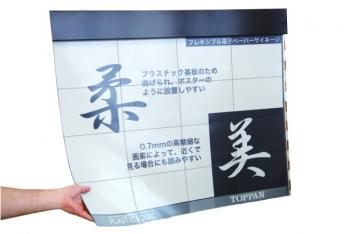The NSF grants $360,000 towards graphene-based heat-removal study
The National Science Foundation (NSF) awarded a $360,000 three-year grant to three professors from the University of California, Riverside (UCR) to further study th thermal properties of graphene. The future goal of this study is to find new heat-removal approaches for electronic and optoelectronic devices.
This specific project will investigate the effect of rotation angle on the thermal conductivity of twisted bilayer graphene. The UCR team will study the possibility of suppressing the phonon coupling in twisted graphene layers, allowing for the transfer of extraordinary large heat fluxes. The phonons are quanta of crystal lattice vibrations that carry heat in graphene.








